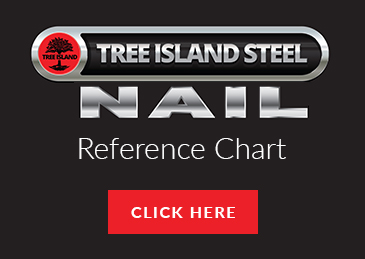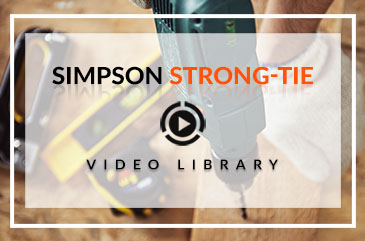Construction Site Questions: Comparing Your Options in Insulation
At Grove Hardware, we’ve spent decades not just selling you the tools and jobsite supplies need for construction projects, but we’ve also been here to keep our clients up to date on the latest options in quality materials and products. Today we’re going to discuss the best way to insulate a home.
It’s true that spray foam was the gold standard for a long time, but sometimes it’s passed by for insulation that’s blown in. Which is better? It depends on the application, but spray foam is often the right choice. Take a look at some of the projects that require insulation and which ones would benefit most from traditional insulation and which may benefit from an innovative option.
The pros and cons of traditional insulation
Examples of more traditional insulation includes fiberglass and cellulose batting, blown-in material, or insulation blankets. These work by creating air pockets inside the walls they’re insulating. Each of these air pockets helps to improve the performance of the material as a whole. In order to achieve the necessary R-value, the wall cavity sometimes requires expansion to make sure that there’s enough room for the needed insulation.
One of the issues with these types of traditional insulation is that if water leaks in through the roof, a pipe that’s leaking, condensation – or any other way – then it can begin to break down. Then you’ll deal not only with poor quality insulation, but it can result in mold and mildew. Another issue is that if the insulation is accessed, it can be accidentally packed down, which also lowers how well it works. Finally, consider that over time cellulose settles. This means that you’ll eventually need to add more insulation to go over the insulation that’s initially installed.
Of course, it’s not all bad news. The main advantage of using traditional insulation is very simple: It’s less expensive. That makes it the right choice for a wide range of job sites.
The pros and cons of spray foam insulation
Spray foam can offer as much as twice the R-value in the same amount of space. This makes it a great choice for thinner walls or for projects involving a retrofit. It’s also great at sealing up small gaps and cracks, which can keep drafts and cold air from getting into a home or commercial space. This type of insulation starts out as a liquid and within hours turns into a hardened foam. As a result, there’s no concern about settling.
There are two main disadvantages to spray foam. First and foremost, it’s considerably more expensive per square foot. In some cases, it’s worth the extra expense due to its higher quality. The other disadvantage is that it does require the use of specialized equipment that not every job site has.
The right option in insulation depends on the project you’re completing. However, one thing is for sure: Grove Hardware is here to provide all the tools and equipment you need. Reach out to us at 909-544-4331 with any questions or stop by our convenient location.



































